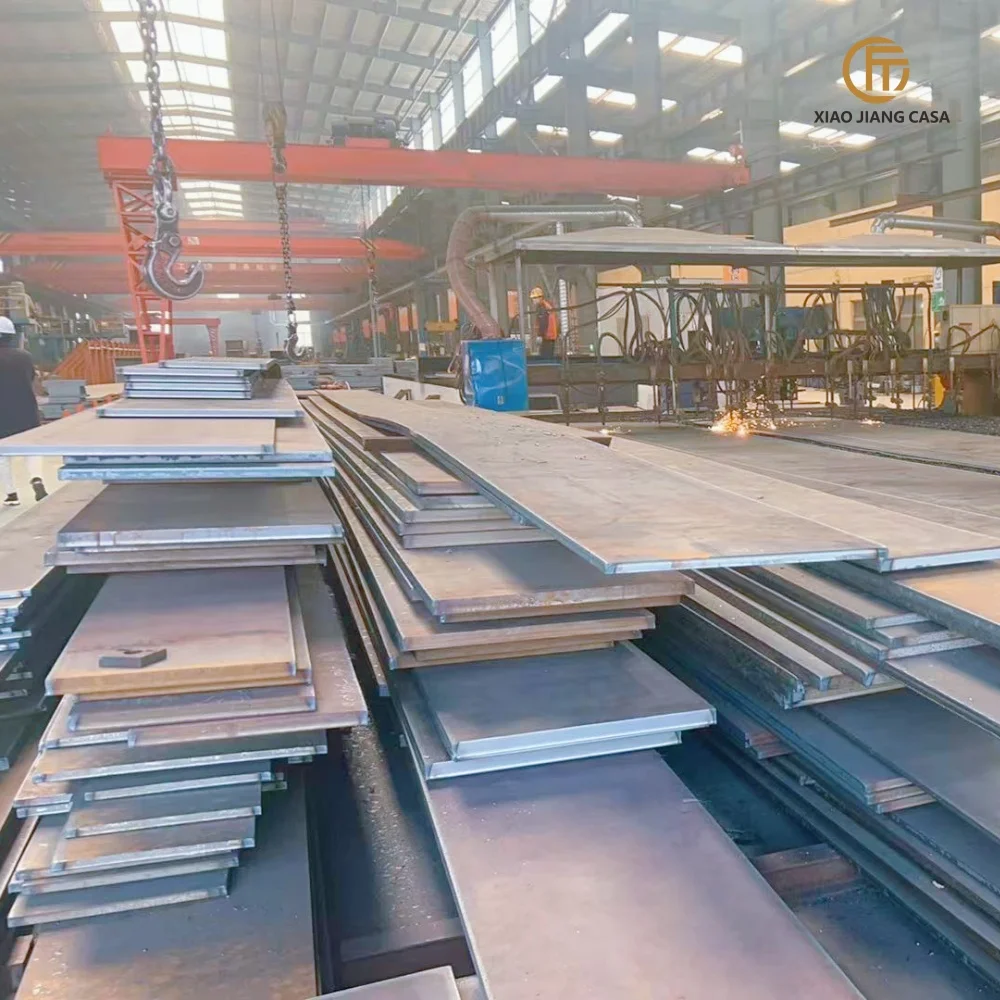Հեշտ տեղափոխվող շարժական տները թեթեւ, կոմպակտ կառույցներ են, որոնք նախատեսված են պարզեցված տրանսպորտի համար, ինչը թույլ է տալիս դրանք արդյունավետ տեղափոխել բեռնատարի, ավիատոմսի կամ նույնիսկ նավային բեռնարկղի միջոցով, ինչը նրանց իդեալական է դարձնում ժամանակավոր կամ շարժական Այս տները հեշտությամբ տեղափոխվում են մի քանի հիմնական դիզայնային հատկությունների միջոցով. թեթեւ նյութեր (ալյումինե շրջանակներ, համադրաբար վահանակներ կամ ինժեներական փայտ), որոնք նվազեցնում են ընդհանուր քաշը ՝ առանց զոհաբերելու կառուցվածքային ամբողջականությունը: Մոդուլային կամ Շատ շարժական տներ, որոնք հեշտ է տեղափոխել, կառուցված են անիվային ուղիղ վազքի վրա, ինչը վերացնում է շարժման ժամանակ քշիչների կամ ծանր սարքավորումների անհրաժեշտությունը, իսկ մյուսները նախատեսված են այն համար, որ դրանք ապամոնտաժվեն եւ կարող են բեռնվել հարթ բարձի բեռնատարների վրա Ներքին դասավորությունը օպտիմալացված է կոմպակտության համար, բազմաֆունկցիոնալ կահույքով (կկողկվող մահճակալներ, փոխարկվող սոֆիներ) եւ տեղադրված պահեստային տարածքով ՝ ավելորդ քաշ ավելացնելուց զերծ մնալու համար: Արտաքին առանձնահատկությունները հարդարացված են' առանց շագանակագույնների կամ մեծ շագանակագույնների, որոնք կարող են բարդացնել տրանսպորտը, եւ նյութերը ընտրվում են տրանսպորտի ընթացքում ամրության համար, ինչպիսիք են խարծերի դիմացկուն կողմնակի հատվածները կամ կոտրվածքի Տունը կառուցելու համար անհրաժեշտ է շատ քիչ գործիքներ եւ մի փոքրիկ թիմ, որպեսզի մի քանի ժամվա ընթացքում այն տեղավորվի նոր վայրում: Հեշտ տեղափոխվող շարժական տները հայտնի են որպես շինարարական վայրերի բնակարաններ, փառատոնների բնակարաններ, ժամանակավոր ապաստարաններ աղետների ժամանակ կամ շարժական հանգստի տներ, որոնք առաջարկում են ճկունություն եւ հարմարավետություն նրանց համար, ովքեր ապրում են իրենց շարժունակության կարիքներին համապատասխանող բնակարաններում:
